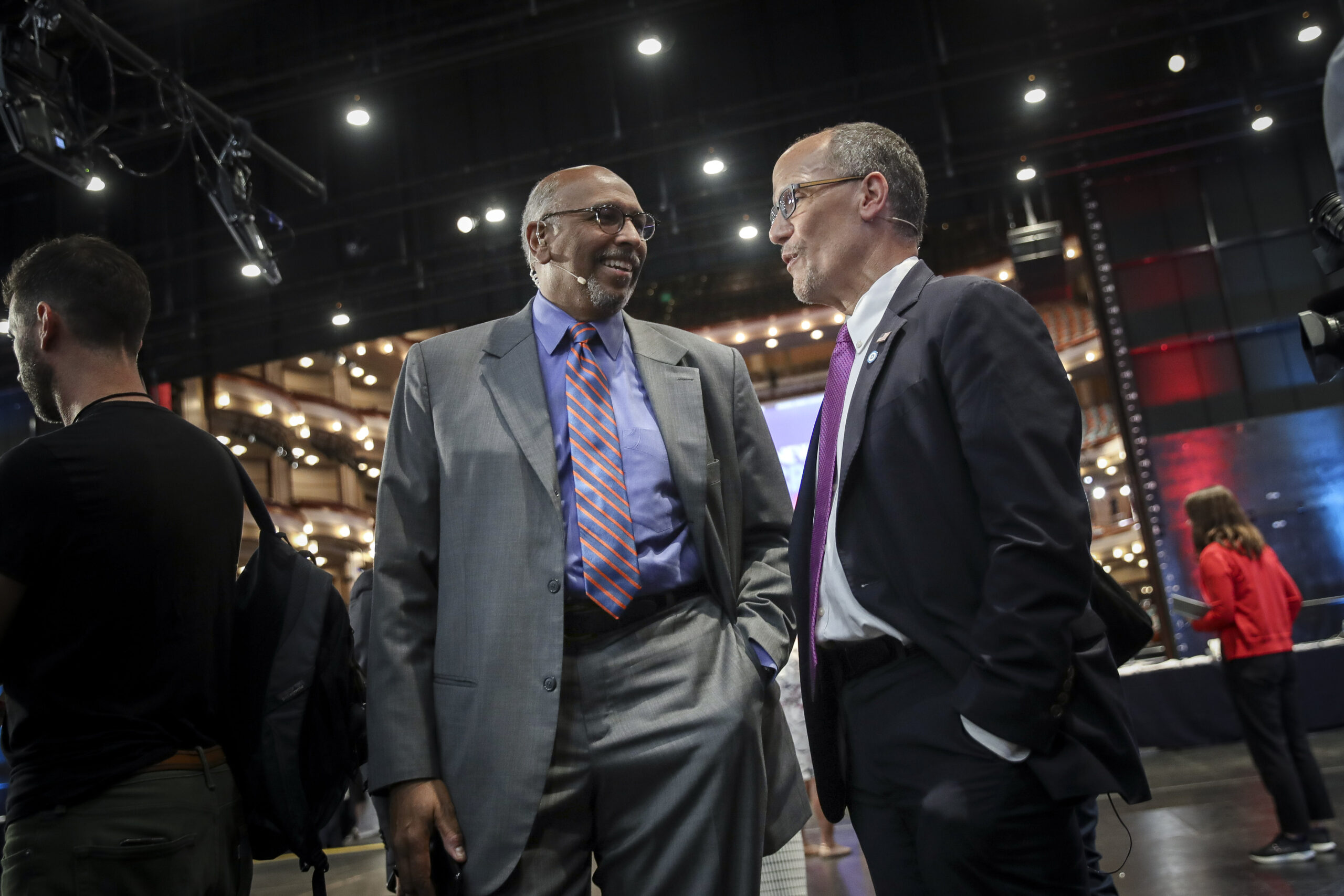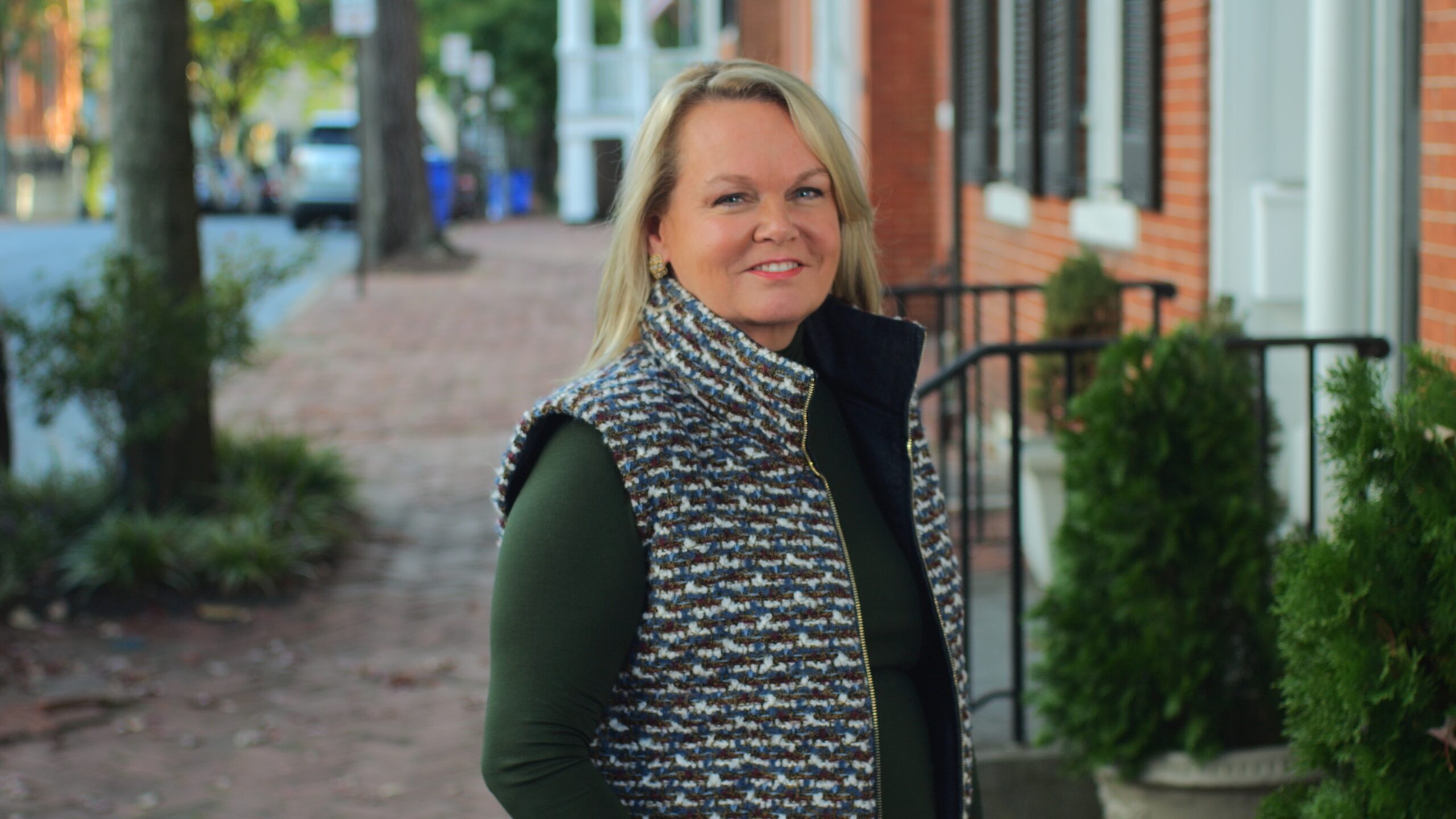
At first glance, the idea of Michael Steele winning the Republican nomination for governor seems pretty absurd.
The man, after all, has spent the past five years in the company of the GOP’s biggest enemies at MSNBC, bashing the most recent Republican president and needling the party’s top national leaders. How is that a recipe for becoming the Republican nominee?
Even in “middle temperament” Maryland, even with all the political success of a nominally centrist Republican governor, Lawrence J. Hogan Jr., much of the state party rank-and-file seems in thrall to Trump and Trumpism. But Steele’s declaration last week that he has created an exploratory committee ahead of a possible run for governor should not be taken lightly.
In spite of — not because of — his TV platform and national celebrity, Steele has always felt he had one more political act left in him in Maryland. If not now, when?
Let’s examine the Republican primary fundamentals. Robin Ficker is a kook, albeit a crafty one when it comes to infuriating the Montgomery County political establishment. Del. Daniel L. Cox, the very model of a modern Trumpy statehouse politician, probably tops out at 25% in the Republican primary.
Which leaves Commerce Secretary Kelly M. Schulz, the preferred candidate of many GOP insiders at the moment. Schulz, with four years in the legislature and seven years in Hogan’s cabinet under her belt, certainly has great potential as a statewide candidate. And, if she winds up as the Republican nominee, she’ll have plenty of help from Hogan’s political operation and the Republican Governors Association, both of which would love to confound Maryland Democrats yet again.
It could certainly happen. But she is also almost completely unknown politically including among Republican activists — and is certainly unproven on such a giant stage.
Who is she? What does she stand for, really? Who is advising her and how much experience do they have in Maryland?
Schulz put out a so-so campaign video in April and we haven’t really heard much from her since. She is focusing on raising money, as she should, and getting herself better known among Republican stalwarts, especially women. That’s smart.
But how does she compare with Steele? Steele has been a Republican activist in the state, and a visible one, since the 1980s. He worked his way up the ladder — from the Young Republicans, to the Prince George’s County Republican Central Committee, to an unsuccessful bid for state comptroller, to state GOP chairman, to lieutenant governor, to U.S. Senate nominee, to Republican National Committee chairman.
When you think of who deserves credit for constructing the modern Republican Party in Maryland, you look to Ellen Sauerbrey, Joyce Lyons Terhes and Steele — and the strategists who surrounded them. Steele has traveled the state over and over again, gotten to know the party activists, the donors and the operatives. He, way more than Hogan or former Gov. Robert L. Ehrlich Jr., has done the hard work of party building.
Has the party changed since Steele was state chair and LG and head of the RNC, where he paved the way for the tea party to help Republicans seize control on Capitol Hill? Of course.
But Steele can still speak the language of the old-time, non-Trumpian conservative. He can still preach small government and rail against the excesses of big-spending Democrats. And there’s probably more good will out there for him, even with the apostasy of endorsing Joe Biden, than for many other Republican figures in the state — possibly even our popular governor. Authenticity and familiarity still count for something.
Sure, there is a percentage of the Republican electorate that probably will never vote for Steele in a primary again. Those voters will almost certainly be for Cox anyway, with or without Steele in the race.
How the rest of the GOP voters divide between Steele and Schulz then becomes the question. Neither can afford to lurch too far to the right or they become considerably less competitive in the general election. Schulz may be able to wink at Trump supporters more credibly than Steele, but that comes with its own set of risks. Already the Maryland Democratic Party and the Democratic Governors Association, in a lame but necessary ritual, are taunting her almost daily to disavow all whiffs of Trumpism.
And what about the general election? Is Schulz a stronger general election candidate, or is Steele? Who better helps Republican candidates up and down the ballot? Suppose for a minute that Hogan, despite all protestations to the contrary, jumps late into the race for U.S. Senate. You might imagine that he’d prefer Steele rather than Schulz at the top of the ticket, for a variety of reasons — including the synergy of having two high-profile and media savvy candidates on the ballot together (though Hogan would be only too happy to jam Democrats with either the first Black or first woman governor coming from the GOP — a not implausible scenario, given Maryland Democrats’ penchant for screwing things up).
At worst, a Steele candidacy draws Schulz out of her shell earlier and enables her to sharpen her campaign skills sooner. Some Republicans believe they have a hidden gem of a general election candidate in Schulz. But how will anyone know it if she remains under wraps for the foreseeable future?
When Steele ran for U.S. Senate in 2006, he was thought to have great crossover appeal — especially after Kweisi Mfume narrowly lost to Ben Cardin in the Democratic primary. Steele ran very clever ads, and he and Cardin ran close in early polls — until the bottom fell out on Republicans everywhere in the final six weeks of the election cycle. A handful of the most transactional Prince George’s County Democrats got behind Steele, but every other Democrat stuck with Cardin.
How unified will Maryland Democrats be next year, post-primary? What will Black voters do if the Democratic nominee for governor is white? How bad will the 2022 cycle ultimately be for Democrats nationally? Some Democrats have fallen in love with vocally anti-Trump Republicans and certain Maryland Democrats — as Hogan and former congresswoman Connie Morella have shown us, again and again — simply fall in love with the idea of voting for “reasonable” Republicans.
Of course, other Democrats will be quick to point out that Steele, despite his disgust with Trump, opposes abortion rights and expansive government programs and has, over the years, encouraged some of the most corrosive, conservative elements in the GOP. But those attack lines carried little sway with voters who embraced Hogan.
Even with a wide open race for governor on the Democratic side, and even though his would-be candidacy throws a wrench in state GOP leaders’ well-laid plans for a solid and unified ticket out of the gate, Michael Steele just became one of the most interesting storylines of the 2022 election in Maryland.





 Creative Commons Attribution
Creative Commons Attribution